| North Carolina's 189 Odonate species | ||||
|---|---|---|---|---|
| Sort Species by: Family Scientific Name [ Undocumented ] |
| Related Species in COENAGRIONIDAE: | Number of records for 2025 = 3 | |
| Photo Gallery for Vesper Bluet 34 photos are available. Only the most recent 30 are shown. |
Other NC Galleries: Jeff Pippen Will Cook Ted Wilcox | ||
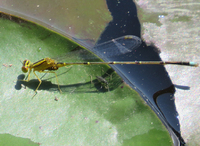 | Photo 1 by: Web Tucker Comment: Moore; C, 2025-09-08, West side of Aberdeen Lake near the dam. iNaturalist record# 312512267 - Male | 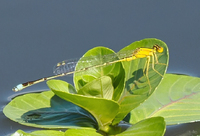 | Photo 2 by: Carole Bloom Comment: Guilford, 2025-05-04, Southwestern end of Lake Higgins, ca. 36.15500, -79.89748, iNaturalist record# 278574228 - Male seen at 3:18 PM EDT |
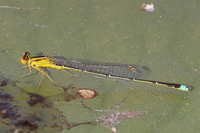 | Photo 3 by: Travis McLain Comment: Anson, 2025-04-17, on Lilypads at Arrowhead Lake, Pee Dee NWR, iNaturalist record 271150435 - Lilypads were covered in Vesper Bluets | 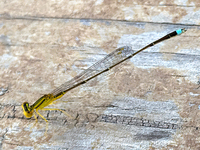 | Photo 4 by: Emma Kaminsky Comment: Durham, 2024-09-20, iNaturalist Record #242970360; Falls Lake Trail, on boardwalk that crosses a corner of Falls Lake - adult male |
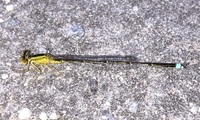 | Photo 5 by: B. Bockhahn Comment: Macon, 2024-06-27, Highlands Biological Station, perched on trail around garden and on lilypads from the teaching pavilion | 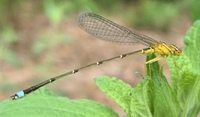 | Photo 6 by: Alicia Jackson Comment: Moore; C, 2023-04-24, |
 | Photo 7 by: Roger Shaw Comment: Richmond; C, 2023-04-23, Indian Camp Lake | 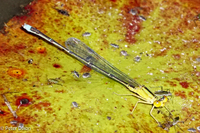 | Photo 8 by: P Dixon Comment: Madison, 2022-06-21, Hot Springs |
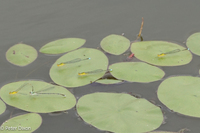 | Photo 9 by: P Dixon Comment: Madison, 2022-06-06, Hot Springs pond | 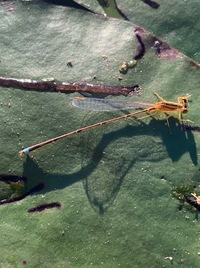 | Photo 10 by: Mike Turner Comment: Moore; C, 2021-10-17, Aberdeen Lake Park - ad.males |
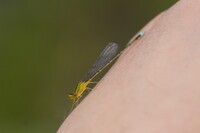 | Photo 11 by: Max Ramey Comment: Avery, 2021-08-15, Wildcat Lake - First county record |  | Photo 12 by: Matt Spangler Comment: Chatham, 2021-07-13, Jordan Lake--White Oak Creek marsh |
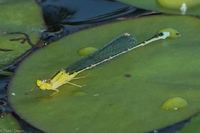 | Photo 13 by: P Dixon Comment: Madison, 2021-06-12, Hot Springs area - several males chasing and competing for perches on lily pads, 3 tandem pairs | 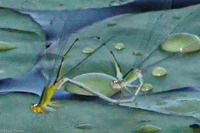 | Photo 14 by: P Dixon Comment: Madison, 2021-06-12, Hot Springs area - several males chasing and competing for perches on lily pads, 3 tandem pairs |
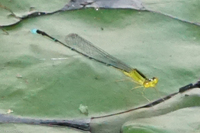 | Photo 15 by: P Dixon Comment: Madison, 2021-06-05, Hot Springs area | 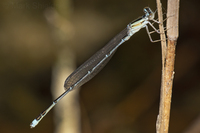 | Photo 16 by: Mark Shields Comment: Carteret, 2021-04-12, Ponds along Patsy Pond Nature Trail, Croatan National Forest |
 | Photo 17 by: Harry LeGrand, Lori Arent Comment: Wake, 2020-09-20, Yates Pond - adult male; on vegetation adjacent to small pool in shade; photo by L. Arent | 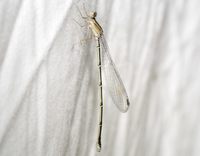 | Photo 18 by: Kyle Kittelberger Comment: Moore; C, 2020-05-15, Southern Pines - female, attracted during night to moth sheet |
 | Photo 19 by: B. Bockhahn, K. Kittelberger Comment: Moore; P, 2020-05-13 | 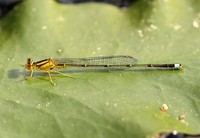 | Photo 20 by: Rob Van Epps Comment: Scotland, 2020-04-17, Most seen in beaver pond by Hoffman Rd. |
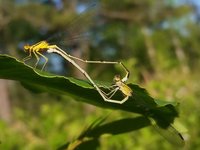 | Photo 21 by: Richard Stickney Comment: Richmond; C, 2019-04-22, Broadacres Lake |  | Photo 22 by: Mark Shields Comment: Cumberland, 2018-04-22, Lake Rim |
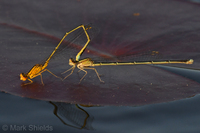 | Photo 23 by: Mark Shields Comment: Carteret, 2018-04-18, Ponds along Patsy Pond Nature Trail, Croatan National Forest - 8 males, 1 female, including a pair in tandem. First record for county. |  | Photo 24 by: Mark Shields Comment: Brunswick, 2018-04-17, Boiling Spring Lakes - North Lake Park |
 | Photo 25 by: Vin Stanton Comment: Madison, 2017-05-26, River Road, Hot Springs - Female, image taken at 10 am | 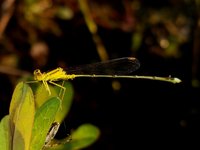 | Photo 26 by: Richard Stickney Comment: Moore; C, 2016-07-31, Reservoir Park, near Southern Pines - male |
 | Photo 27 by: John Petranka Comment: Bladen, 2016-04-26, Jones Lake State Park; Jones Lake shoreline around the swimming area. Males. Photo. | 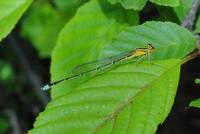 | Photo 28 by: Mike Turner Comment: Wake, 2015-05-02, Lake Raleigh - adult male |
 | Photo 29 by: Mike Turner Comment: Granville, 2013-08-15, Lake Butner (Holt Lake) - male |  | Photo 30 by: Kaitlin Carnahan Comment: Watauga, 2012-09-10 |
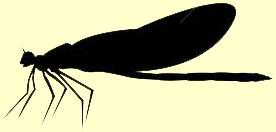
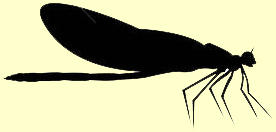 »
»